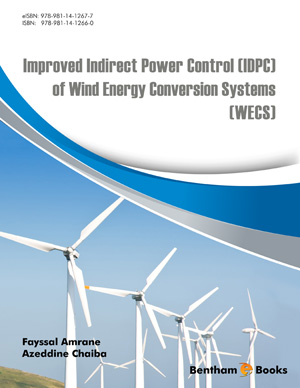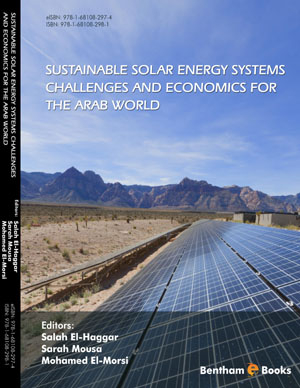Abstract
We discuss the impacts of future energy prices and biofuel production levels on agricultural market prices, production, and trade, and present the results of a partial equilibrium model of international agricultural trade with interconnected markets. The results of the model suggest that the long-term trend of declining real agricultural commodity prices has been reversed. A key result in this regard is that the price of energy has become a major driving force of agricultural world market prices. For instance, until 2016/18 the price of wheat is expected to increase by about 16 percent, 35 percent, and 91 percent based on oil prices of US$45, US$70 and US$102 per barrel, respectively. The 2016/18 baseline projection shows an increase in total world production from 10 percent for wheat to 30 percent for oilseeds. Variations in energy cost have the biggest impact on sugar production in the European Union, corn production in North America, other grains production in Brazil and Australia, sugar production in China, and corn production in the Commonwealth of Independent States (CIS). Increased bioenergy demand has the biggest impact on corn production, followed by sugar and oilseeds production. The impacts and importance of energy prices and biofuel production for agricultural trade varies between commodities and regions. Future long-term biofuel scenarios could change considerably, depending on technology and bioenergy production pathways.













